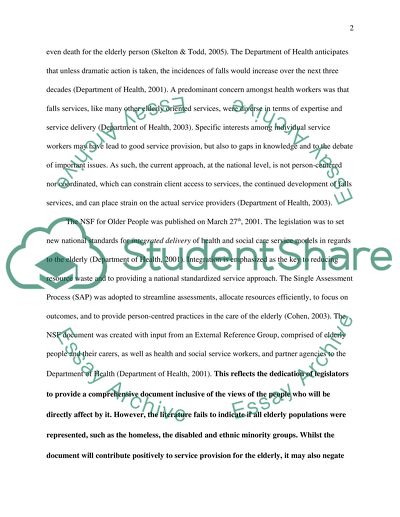Cite this document
(“National Service Framework for Older People Book Report/Review”, n.d.)
National Service Framework for Older People Book Report/Review. Retrieved from https://studentshare.org/health-sciences-medicine/1529815-national-service-framework-for-older-people
National Service Framework for Older People Book Report/Review. Retrieved from https://studentshare.org/health-sciences-medicine/1529815-national-service-framework-for-older-people
(National Service Framework for Older People Book Report/Review)
National Service Framework for Older People Book Report/Review. https://studentshare.org/health-sciences-medicine/1529815-national-service-framework-for-older-people.
National Service Framework for Older People Book Report/Review. https://studentshare.org/health-sciences-medicine/1529815-national-service-framework-for-older-people.
“National Service Framework for Older People Book Report/Review”, n.d. https://studentshare.org/health-sciences-medicine/1529815-national-service-framework-for-older-people.


